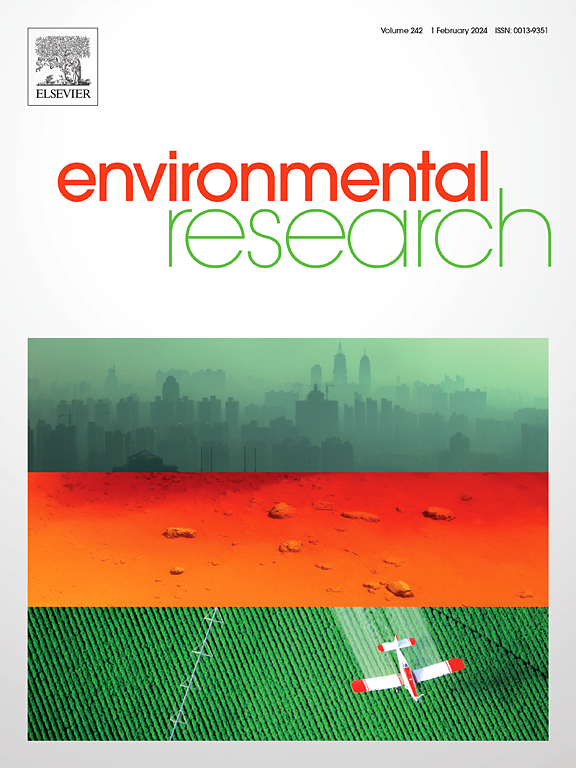Microalgae for phosphorus chemical wastewater treatment and recovery of phosphorus
IF 7.7
2区 环境科学与生态学
Q1 ENVIRONMENTAL SCIENCES
引用次数: 0
Abstract
In this study, we have found a new method to recovery phosphorus selectively from high-fluoride-phosphoric wastewater. This new method was a microalgae-based phosphorus recovery technology.The results showed that Chlorella sp. can not only grew very well in high-fluoride-phosphoric wastewater, but also has the highest ability to reduce the phosphorus from the wastewater among Scenedesmus sp., Selenastrum bibraianum and Chlamydomonas sp. After Chlorella sp. cultured for 16 days, the concentration of phosphorus decreased from 12.76 mg/L to 5.00 mg/L. There were two ways to reduce phosphorus by Chlorella sp. One was the specific uptakes phosphorus into algal cells and the other was absorbs phosphorus through the functional groups on the EPS. These algal cells can be separated from the wastewater through harvesting or other methods, enabling the subsequent recovery of phosphorus. The results of this study could provide valuable information for phosphorus recovery from high-fluoride-phosphoric wastewater.

求助全文
约1分钟内获得全文
求助全文
来源期刊

Environmental Research
环境科学-公共卫生、环境卫生与职业卫生
CiteScore
12.60
自引率
8.40%
发文量
2480
审稿时长
4.7 months
期刊介绍:
The Environmental Research journal presents a broad range of interdisciplinary research, focused on addressing worldwide environmental concerns and featuring innovative findings. Our publication strives to explore relevant anthropogenic issues across various environmental sectors, showcasing practical applications in real-life settings.
 求助内容:
求助内容: 应助结果提醒方式:
应助结果提醒方式:


